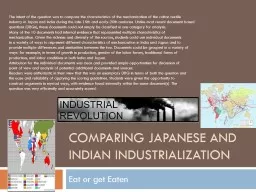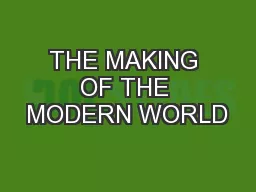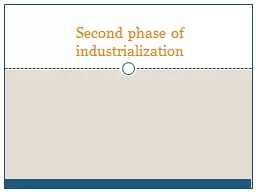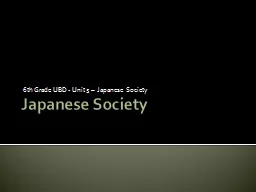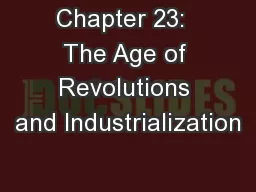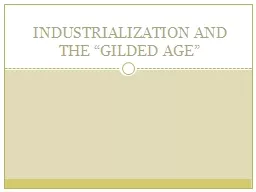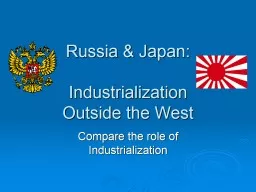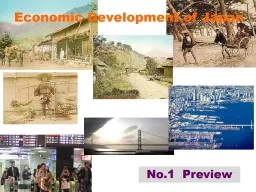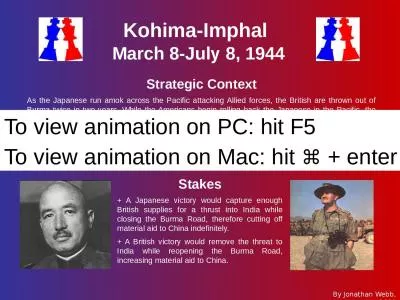PPT-Comparing Japanese and Indian Industrialization
Author : luanne-stotts | Published Date : 2018-09-22
Eat or get Eaten The intent of the question was to compare the characteristics of the mechanization of the cotton textile industry in Japan and India during the
Presentation Embed Code
Download Presentation
Download Presentation The PPT/PDF document "Comparing Japanese and Indian Industrial..." is the property of its rightful owner. Permission is granted to download and print the materials on this website for personal, non-commercial use only, and to display it on your personal computer provided you do not modify the materials and that you retain all copyright notices contained in the materials. By downloading content from our website, you accept the terms of this agreement.
Comparing Japanese and Indian Industrialization: Transcript
Download Rules Of Document
"Comparing Japanese and Indian Industrialization"The content belongs to its owner. You may download and print it for personal use, without modification, and keep all copyright notices. By downloading, you agree to these terms.
Related Documents

